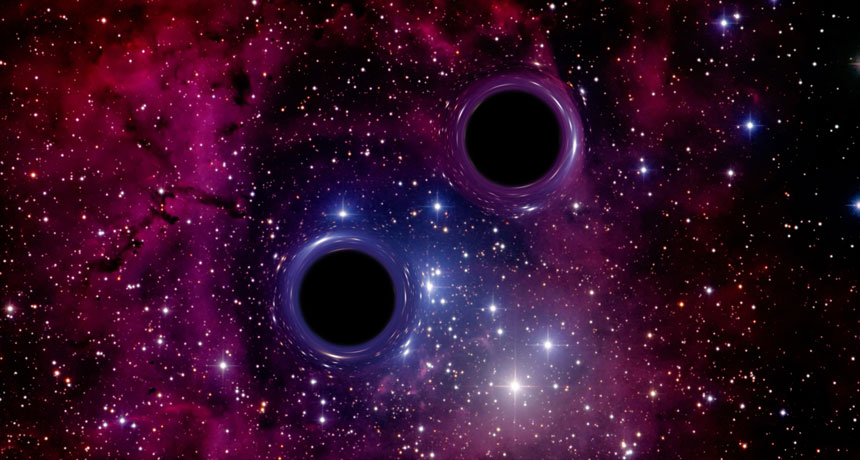
COUNT ’EM Physicists have now spotted gravitational waves from 10 black hole collisions (two black holes illustrated) and one neutron star merger.
Shutterstock/GM Stock Films

COUNT ’EM Physicists have now spotted gravitational waves from 10 black hole collisions (two black holes illustrated) and one neutron star merger.
Shutterstock/GM Stock Films